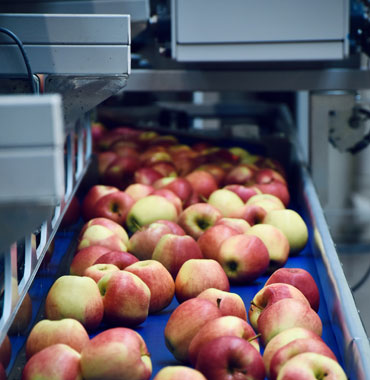

When circumstances threaten ingredient integrity and availability, brands must take responsibility for foundational change to address and mitigate risks related to food-, beverage- and supplement-borne illness.

When circumstances threaten ingredient integrity and availability, brands must take responsibility for foundational change to address and mitigate risks related to food-, beverage- and supplement-borne illness.

New tools and technologies can improve food logistics planning to reduce loss, enhance safety and prevent black swan events in the supply chain.

Data analysis can help identify potential foodborne illness outbreaks more quickly, reduce food fraud and improve internal safety practices.

Food safety starts with workplace culture and thrives with technology.

The answers to these five questions can help you build a comprehensive food safety plan and develop a positive food safety culture in your organization.

A series of ongoing challenges is making the case for automation in seafood processing a compelling one for companies struggling with high demand and an inconsistent labor supply.

When assessing digital tools and maturity, what is not clear to many organizations is how to get started and how to create a road map that leads to improved results, more efficient operations and perhaps most importantly, to ongoing improvement in the production of safe food.

As manufacturers try to manage supply chain challenges, they frequently have to find new suppliers or change processes and formulas on the fly. These unanticipated changes can lead to shortcuts that create risks to consumers and cause food recalls.

At a time when every dollar counts—and the supply chain is strained—food organizations should proactively work to reduce food waste.

Adding valuable communication tools to your facility can improve collaboration between employees, enable more efficiency and transparency, and ultimately reduce costs.